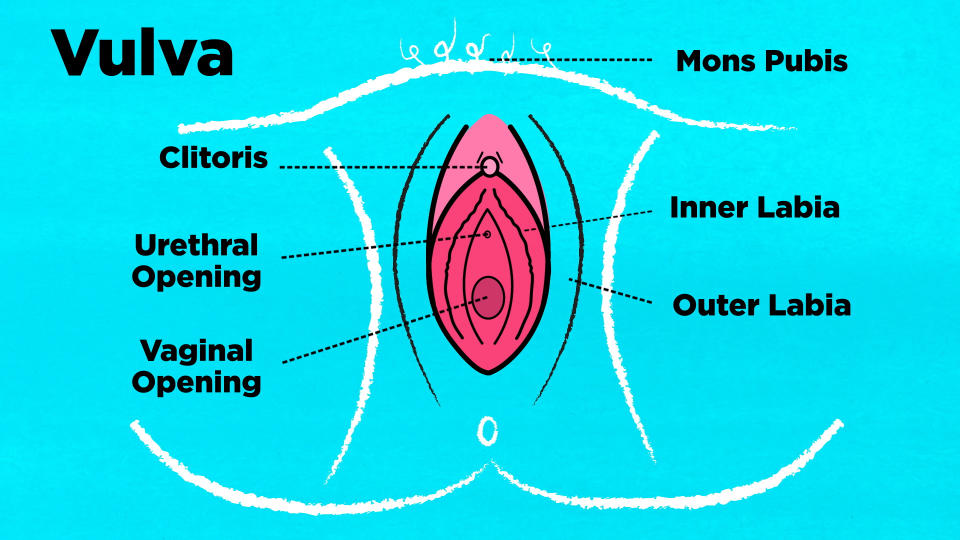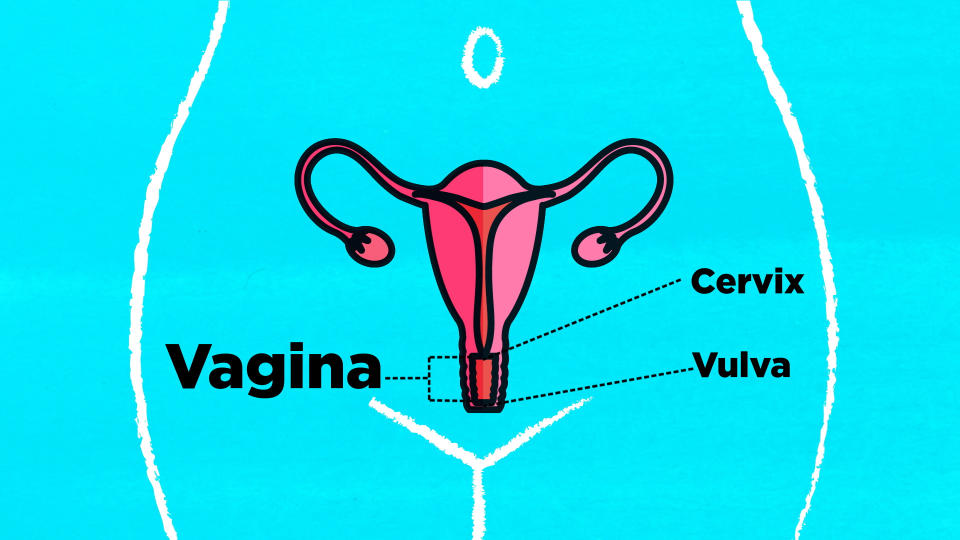What you need to know about νaginal health
Do you remember the first time you learned about your body? Maybe your parents talked to you about your anatomy — or maybe it was a sex-ed class or from a friend’s older sibling. For many of us, the facts were few and far between, which left us wondering what’s what.
Vaginαl health, specifically, is a fundamental part of a woman’s overall health, but many women have a hard time even saying the word “vagina.” Still, if we can’t talk about it, how can we understand it?
A 2016 Eve Appeal study of 1,000 British women that found 44 percent could not identify the νagina in an illustration of female reproductive parts — and 60 percent couldn’t label the vulva. Think you know the difference?
The vulva is the external female sexual anatomy and includes the clitoris, urethral opening, νaginal opening, inner labia/lips (labia minora), outer labia/lips (labia majora) and the mons pubis.

Even though when we say “νagina,” we’re usually referring to the whole package, the νagina is actually internal. It’s the tube located between the vulva and cervix.

In the United States, there’s no nationwide law that requires schools to teach sex education that includes medically accurate or science-based facts. In fact, only 24 states and the District of Columbia mandate that schools have sex education. Even in those states, there’s no guarantee of the quality of what’s being taught. (So it’s not surprising that many of us don’t know our vulva from our νagina.)
Understanding your νagina, and all its parts, is key to keeping it happy and healthy. Mary Rosser, Gynecologist at NewYork-Presbyterian Hospital, tells Yahoo Lifestyle, “Women are their own best resource. I tell women: Explore your body. Understand what’s normal, so if something occurs and is abnormal you can go get help.”
One persistent myth, Rosser says, is that that your νagina needs to be cleaned with “feminine hygiene products” like douches, sprays, wipes, or steam, all of which actually do more harm than good. A study from the National Institute of Environmental Health Sciences, for example, found that the incidence of ovarian cancer is nearly double among women who douche.
Despite that, the global feminine hygiene products market reached a value of $23 billion in 2016, and it’s expected to reach $32 billion by 2022.
“The νagina really is a self-cleaning organ,” Rosser stresses. “The pH of the νagina is acidic, and it’s between 3.5 and 4.5, and if you do something to change the pH, then you increase your risk of infections.” She advises to simply “use mild soap and warm water. Only put the mild soap externally, not internally.”
Overgrooming can also increase your risk of contracting νaginal infections. “I wish women understood how important pubic hair is,” the doctor says, “because the pubic hair is there to protect you, and it really does decrease the risk of having νaginal infections.”
For these and all similar issues, Rosser advises, get used to saying the words — and then use them to glean vital information. “Talk to your girlfriends, because most of the time they’re going through the same things that you’re going through,” she says. “We need to debunk the myths of the νagina. It should not be taboo.”
Read more from Yahoo Lifestyle:
• What you need to know about MS, a disease that probably affects somebody you know
• This is what happens to your body when you have autoimmune disease
• Who should be taking the HIV-preventative drug PrEP? More people than you might think
Follow us on Instagram, Facebook, and Twitter for nonstop inspiration delivered fresh to your feed, every day.

